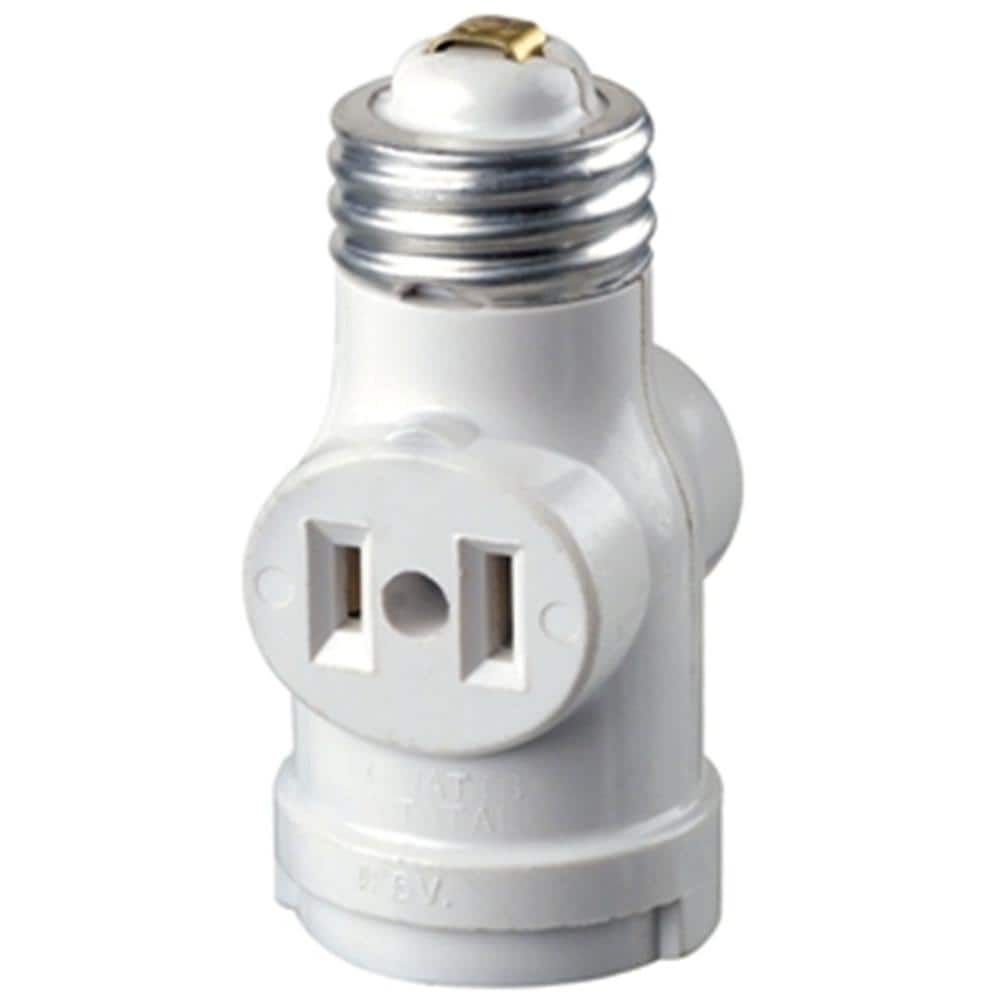My garage door opener has a light bulb that turns on when motor is used. Very helpful when returning at night in the dark. Lately, however, the bulb won't turn on. If I reach up and tighten it a bit it does, but after a few days it goes dark once again.
The bulb is not making contact inside the socket. I saw a little metal tab on one side, pulled it out a bit, and that fixed the problem, but only for a few days. I guess the metal tab is permanently flattened to one side.
Any suggestions on what I can do to remedy this problem of the light bulb no longer having adequate contact inside the socket? The socket itself is not removable.
The bulb is not making contact inside the socket. I saw a little metal tab on one side, pulled it out a bit, and that fixed the problem, but only for a few days. I guess the metal tab is permanently flattened to one side.
Any suggestions on what I can do to remedy this problem of the light bulb no longer having adequate contact inside the socket? The socket itself is not removable.

